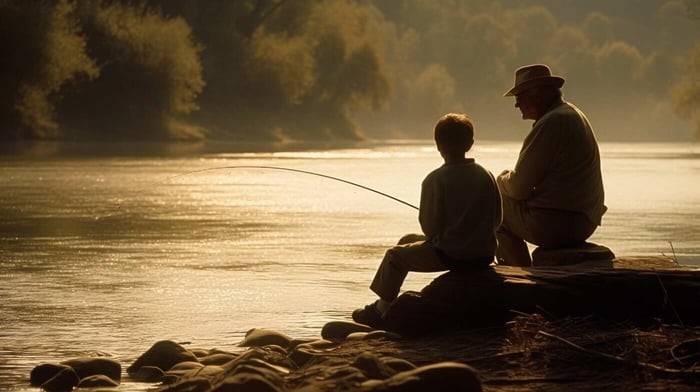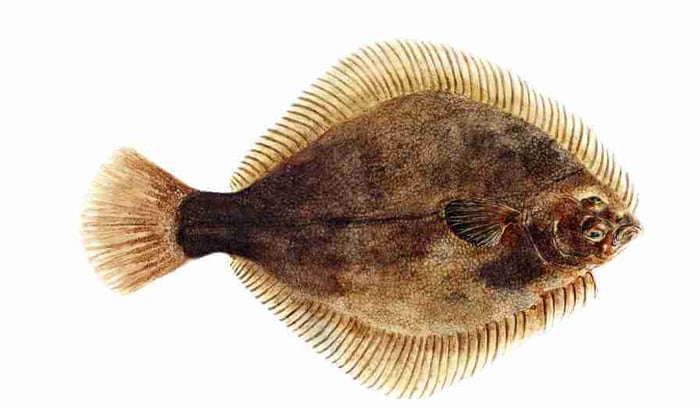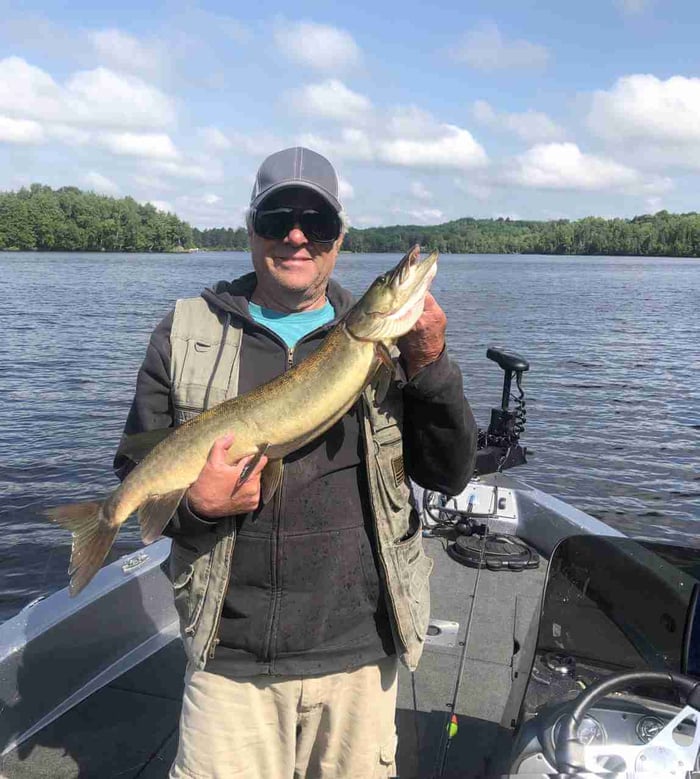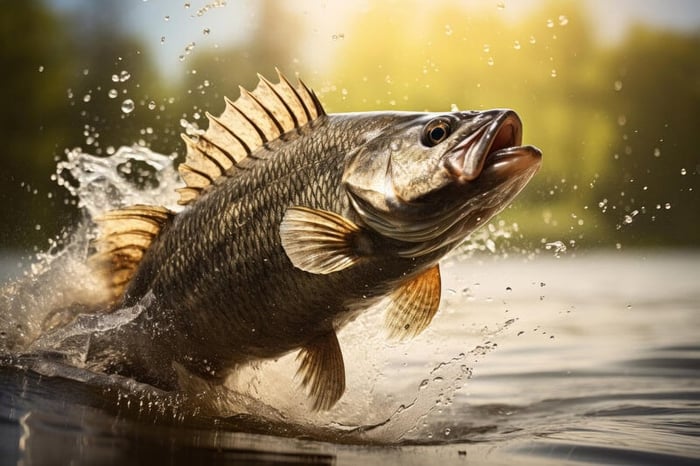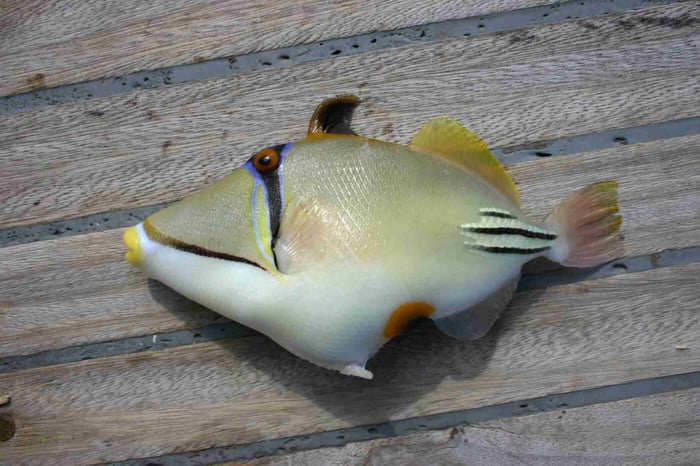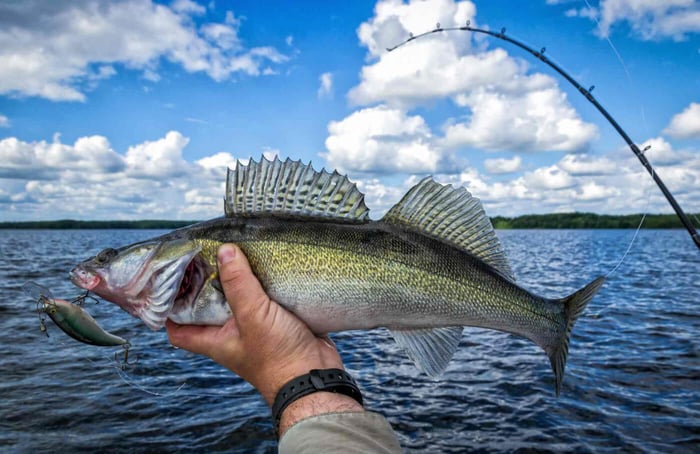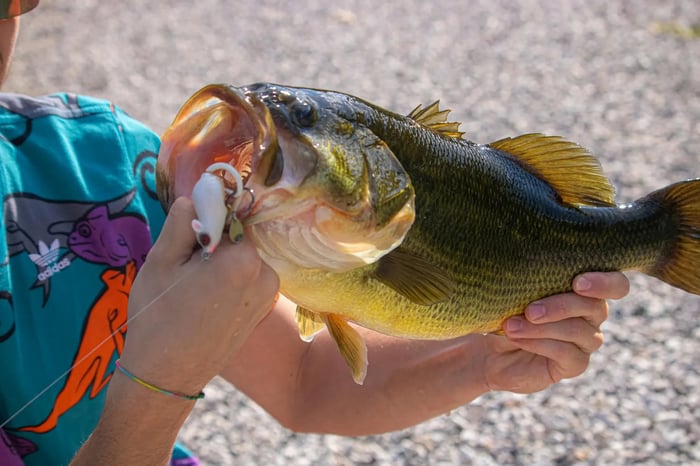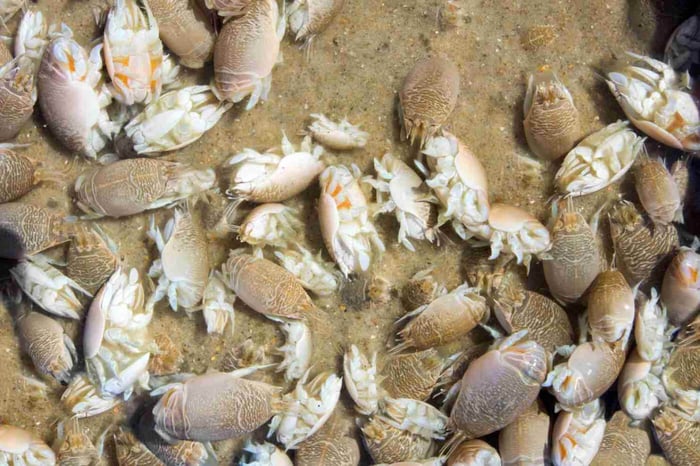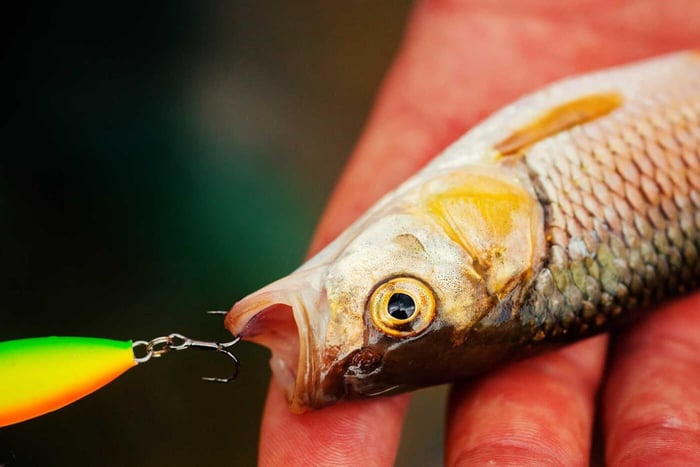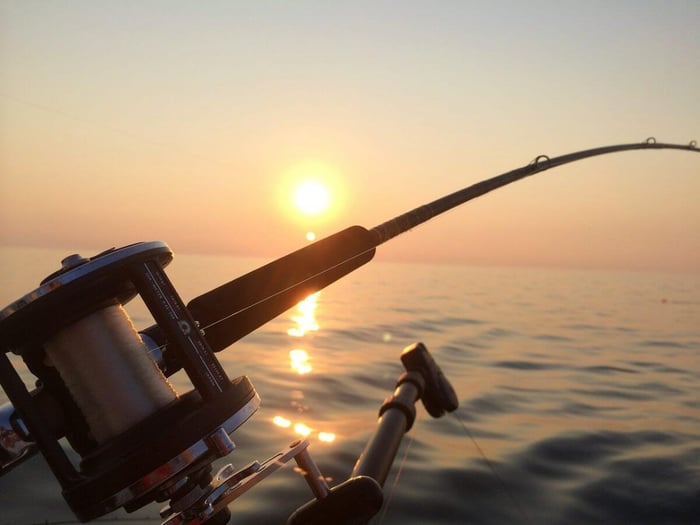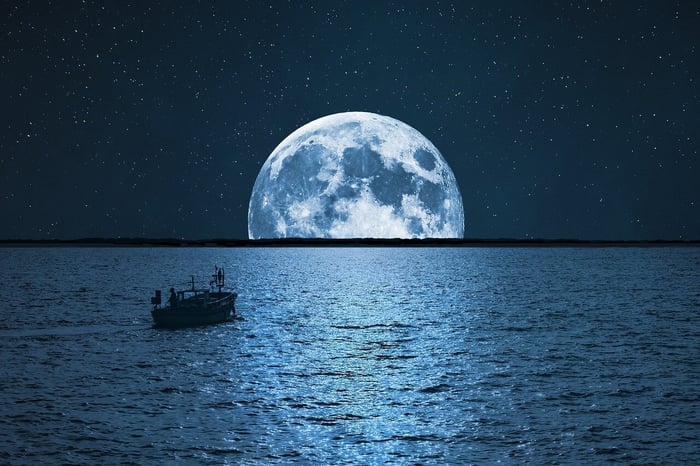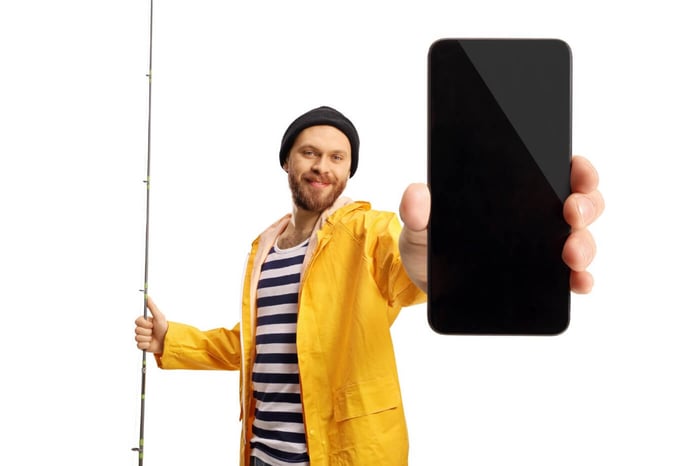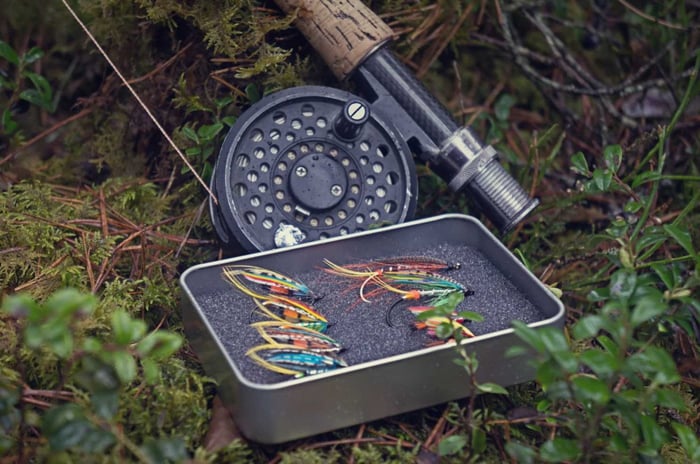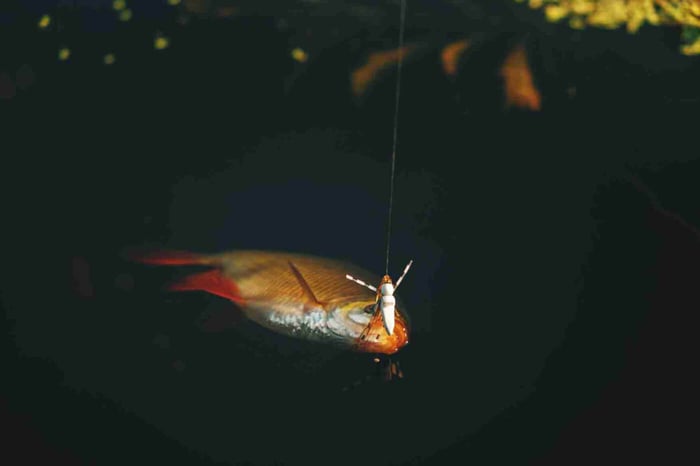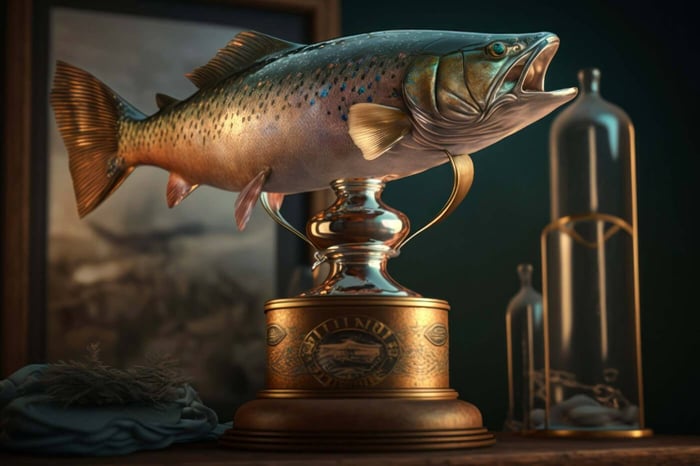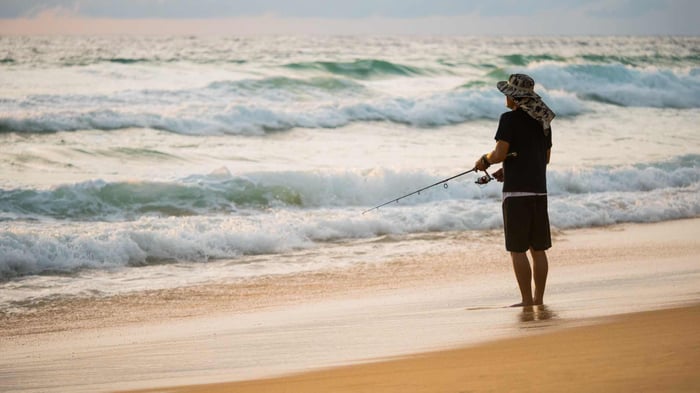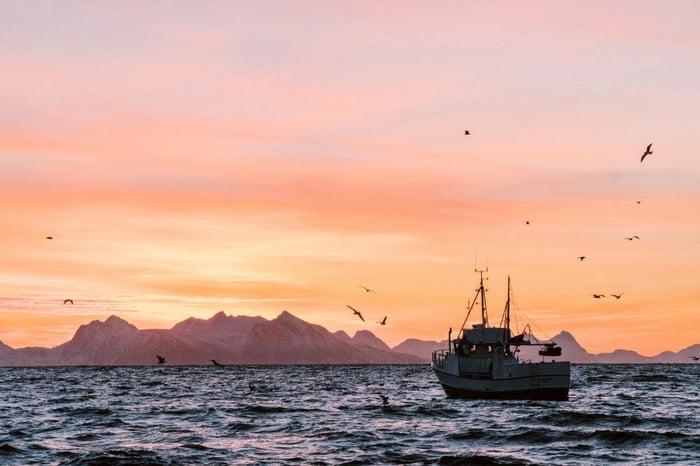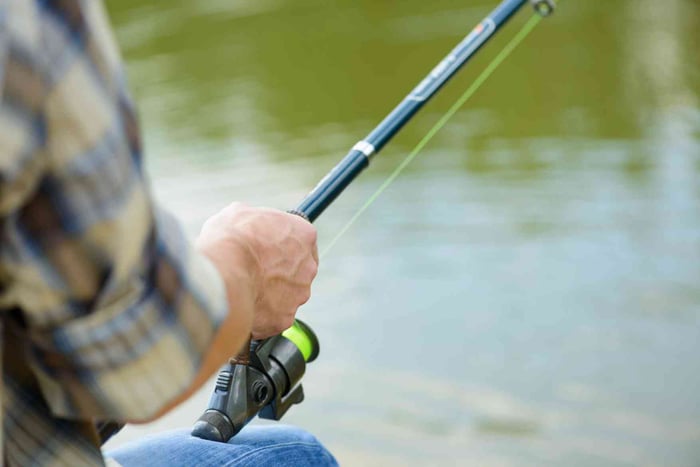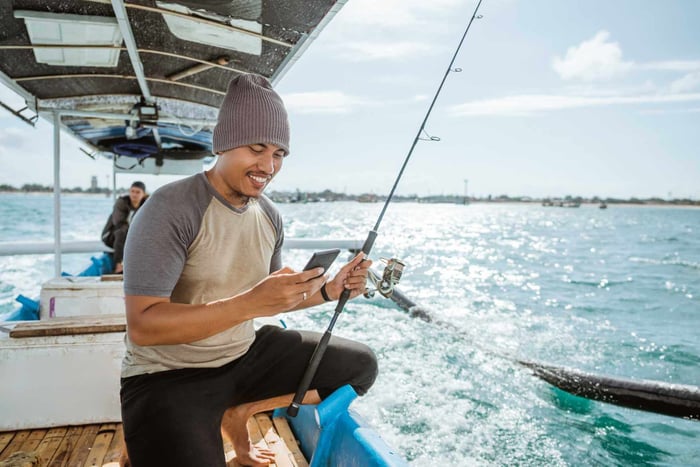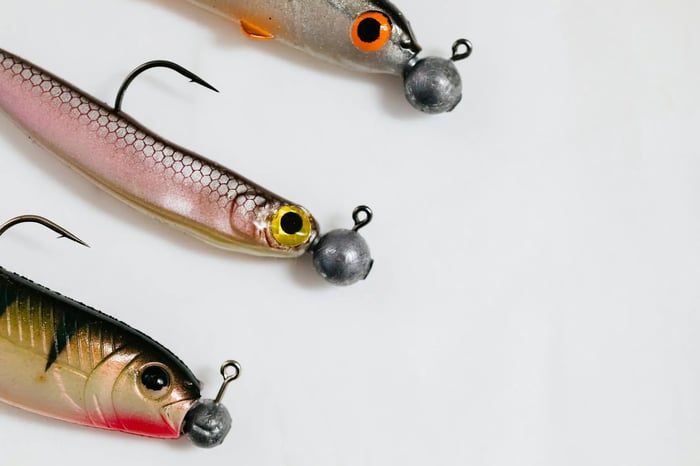Anglers are genuinely responsible for disposing of their lines, but few unaware, or worse, lazy individuals discard lines that can cause coastal animals to suffer. Disposed fishing equipment like lines, ropes, nets, hooks, and buoys may look harmless, but it can be fatal for our marine wildlife.
For instance, these disposed of ropes with buoys or floats connected are a specific danger for marine mammals as they can slow them back when hunting or make them unable to dive, leading them to a slow death from hunger.
To add, once an animal can't free itself, a fishing line and rope can cut through its skin, bringing about infections or even removal of flippers, fins, or feet.
So, it is crucial to consider the equipment you leave behind after your great battle in the lake or sea. It is also essential to know that every fishing line can be recycled. Not only would animals be able to become entrapped in old fishing lines and die or suffer injuries, but boats can also get harmed if the old fishing line is gotten between the boat's propellers.
Your old fishing equipment has a place in the trash bin, not the ocean. Discover more below why it tends to be so harmful to marine life.
The Problem With Recreational Fishing Line
Several coastal birds, horseshoe crabs, sea turtles, and marine mammals are harmed or killed every year. This is due to becoming tangled in fishing lines and their related hooks and tackle that has been inappropriately discarded along seashores or tossed over from boats into the water.
Hooks and lines on branches and garbage bins hurt animals and cause them to become tangled on legs, wings, and birds' bills. Geese, ducks, and gulls keep devastating wounds after their legs become trapped by a fishing line. A hook trapped in a beak or mouth can make eating painful or unimaginable, bringing about death by starvation.
The monofilament line is the most well-known type of fishing line. A monofilament line is a solid, flexible plastic line made in a single strand. It does degrade after a specific timeframe, mainly whenever left in direct sunlight.
Yet, the issue is mono, and any remaining fishing lines threaten all coastal wildlife since they are mostly clear, and animals can become entrapped in them. Or, on the other hand, more terrible, they can ingest the lines and die.
Quick Fact:
Disposing of fishing gear isn't just dangerous to marine wildlife and harms historic shipwrecks.
Lines, nets, and hooks, alongside heavier trash like chains and anchors, would all be able to get on wrecks, making tangles that can detach bits of delicate wood or metal.
Some historic wrecks, such as – the Zanoni off Ardrossan and the HMAS Hobart in Yankalilla Bay – have their own exceptionally historic wreck protection zones that ban fishing and securing inside a 550-meter range.
What can you do?
While you enjoy your fishing escapades, being responsible for the leisure or activity you choose is also fitting. It is significant to be mindful of your actions, and this will prevent possible danger. In this case, keeping in mind before and after fishing will have a positive impact.
- Constantly cut the fishing line into pieces under 6 inches long (ideally 1 inch). Discard it, alongside hooks and tackle, in suitable covered containers so it doesn't blow away or become a danger to wildlife.
- The monofilament fishing line is recyclable. Reuse the fishing line. Check broken up or used lines in a Monofilament Line Recycling Bin. If no recycling bins are accessible, place a broken or used fishing line that has been cut into pieces in a lidded garbage bin.
- Volunteer your opportunity to clean up fishing line trash at local seashores.
- It backs the use of biodegradable fishing line that doesn't have an endless life expectancy in the climate.
- Always look at gear and terminal tackle. Assess your equipment regularly to stay away from undesirable breaks. Indeed, even limited quantities of gear in the water can be destructive to wildlife if caught or ingested.
- Reuse old fishing line. Are you burnt out on a necklace continually breaking? Restring it with a fishing line. The fishing line is solid.
How to help entangled birds?
Suppose you are faced with a situation where you have accidentally trapped or entangled a bird while fishing. Attend to it and do not panic. Saving an innocent bird is straightforward.
Keep in mind that if you don't unhook and disentangle the bird, it will surely die from infection from a hook-related injury or because the line blocks its movements, contracting its flow or tangling so seriously that the bird becomes caught. It is by no means safe for a bird to trail line.
Thus below are the practical steps to help entangle or unhook birds.
- If you are with other people, ask for their help.
- Reel the bird evenly and slowly. Do not shake the bird loose by snapping the line, as it will injure it. Try not to cut the line–the bird might fly free for a brief time, yet the following line will hook it again in the end.
- If fishing from a dock, ensure the bird stays on the water until a net or other gear can lift it onto the pier. Birds reeled up onto docks can be genuinely harmed or might harm fishing gear. Try not to use the line the bird is tangled in to help the bird's weight.
- Wear sunglasses to protect your eyes. Birds don't have harmful bites. However, they can stab your eyes (particularly egrets and herons), and a few (like pelicans and cormorants) have a look at the tip of their bills.
- Securely hold the bird's head behind the eyes. Then, at that point, fold the wings tenderly yet solidly against the bird's body so it can't flap its wings. Hold immovably, yet don't choke the bird. If it has long legs, fold the legs under it, either by holding them or putting the bird on a level area. If it is a pelican, you can grip the bill yet keep the beak somewhat open, so the bird can relax.
- Cover the bird's head with a towel, shirt, or other cloth. In this way, it will calm the bird and make it simpler for you to eliminate the hook or line.
- Remove the hook by cutting the barb and supporting the hook out. If the barb is in the bird's flesh, push the hook through until the barb rises out of the skin and cuts the barb.
- If the bird is trapped in a line, use scissors, trimmers, or a knife to cut the line delicately. Ensure you secure and discard the line appropriately after dealing with the bird.
- Cautiously check the bird over for other hooks or lines and remove them.
- Once the bird is spunky, and any injuries it inflicted are minor, it is probably healthy enough to let go. Face its head towards the water and step back while you let go of the bird. Allow the bird to take off alone; it may have to compose itself before taking off safely. Sometimes birds shake their feathers out, weigh the circumstance, and are ready to fly afterward. On different occasions, they take off. Both are typical, and you can consider your rescue effective.
- If the bird has a severe physical injury and you cannot remove the hook, or if you can't say whether you removed all the fishing lines, contact the wildlife rehabilitator or local veterinarian to ensure the bird gets treatment for its issues.
A Reminder to Anglers
Accidentally hooking or entangling a bird is not illegal. If it happens, pull the bird in and unhook it. If the hook is too deep to even think about removing, contain the bird and call for help, or take it to the closest vet so the hook can be precisely taken out. Most vets will treat local wildlife free of charge.
If the bird breaks free from the line, call for help promptly and keep the animal in sight so a rescuer can discover it. Speedy action is indispensable in any case. A 'flight-skilled' bird may swim or take off, making it hard to track down.
The key message is clear, place all undesirable hooks and lines in a bin. Never leave a fishing line unattended; if you hook a bird, contain it or keep it in sight and call for help immediately.
Recycle Your Fishing Gear to Help Out
We are responsible for protecting the aquatic habitats we adore as outdoor lovers. Not only for our enjoyment but also for that of future generations.
By properly discarding your recreational fishing equipment, you may contribute to preserving these ecosystems. Happily, it's getting simpler and simpler to do this. Numerous boat ramps and marinas have on-site fishing line recycling bins. This means you can safeguard your preferred fishing location by taking extra precautions.
If there isn't a recycling bin for a fishing line in your neighborhood, that isn't a reason to put your equipment in the trash. Animals that can live on land would be at risk. Try going to a nearby fishing store instead. Many of them have public recycling bins for monofilament accessible.

